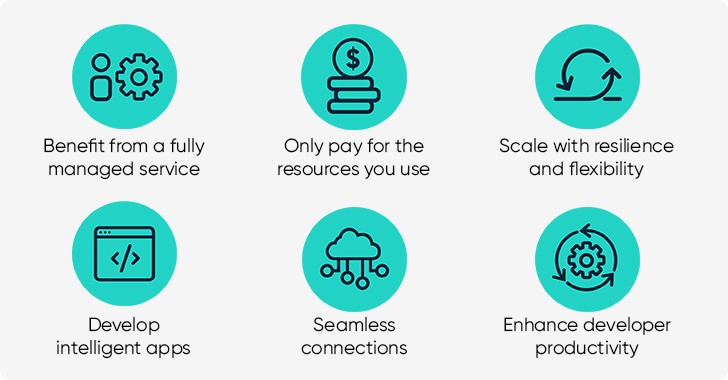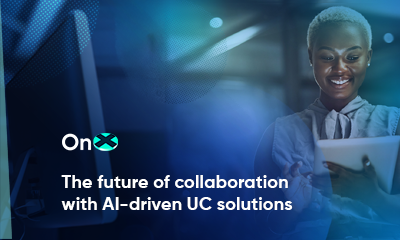
Serverless computing is projected to be one of the top ten trends affecting digital infrastructure in 2019. By 2021, 90% of enterprises that use Infrastructure as a Service (IaaS) will also use some type of serverless Platform as a Service (PaaS).
While serverless computing is a relatively new technology, it has the potential to transform your enterprise into a dynamic, flexible, service-oriented operational model of the future. Migrating your IT environment to the cloud is one of the most effective ways to ensure that diverse resources are available at scale. Serverless computing will allow your enterprise to expand into the cloud using serverless architectures across public and private cloud environments.
The rise of serverless computing
Serverless computing is a cloud-based execution model in which functions are typically executed off-premises in the cloud. Despite its name, serverless computing does not eliminate the need for a server. Rather, serverless computing outsources the software code to the cloud provider’s infrastructure, where the application is automatically run at scale based on the immediate, individual requests.
The cloud provider maintains the server and manages resource allocation to burst and contract elastically as required. Pricing is based on the amount of resources consumed rather than on pre-purchased units of capacity. Serverless computing arrived in 2014 with the release of AWS Lambda, a Function as a Service (FaaS) platform that offered a function-oriented model and per invocation billing. Other serverless computing options arrived shortly thereafter.
The most effective way to transition to a serverless environment is to pick from one of the many serverless platforms available and take full advantage of its toolset.
Current serverless computing options include:
- Amazon Web Services (AWS). The first major cloud provider to offer FaaS capability, AWS Lambda allows functions to be triggered by an increasing number of other services.
- Microsoft Azure. Using a more structured configuration model, Azure simplifies the code required to integrate with other services by allowing input and output bindings to be attached to the function.
- Google Cloud Platform. Google Cloud Platform offers some of the same integration capabilities as AWS and Azure and provides well-integrated support through Stackdriver.
- IBM Bluemix/OpenWhisk. An open-source project that allows complete visibility into the workings of the FaaS platform, BlueMix allows you to run OpenWhisk on your own on-premises infrastructure, in the cloud, or as a fully managed platform.
Other FaaS platform options are available but may offer limited access to functions or fewer additional services.
Benefits of serverless computing for your business

Serverless computing allows developers to create applications that are designed to run in the cloud and are billed by the amount of time the process is running. This eliminates concerns over provisioning, scaling, and management.
Serverless computing will allow your enterprise to embrace digital transformation and optimize the opportunities created by the modernization of the application and infrastructure stack that will usher in new modes of automation, management, DevOps, and security.
To guide your organization into the future, consider a strong technology partner who can identify and implement the right tools and ensure they are being utilized to produce optimal results.
To learn more, download the Application and Infrastructure Modernization infosheet.














